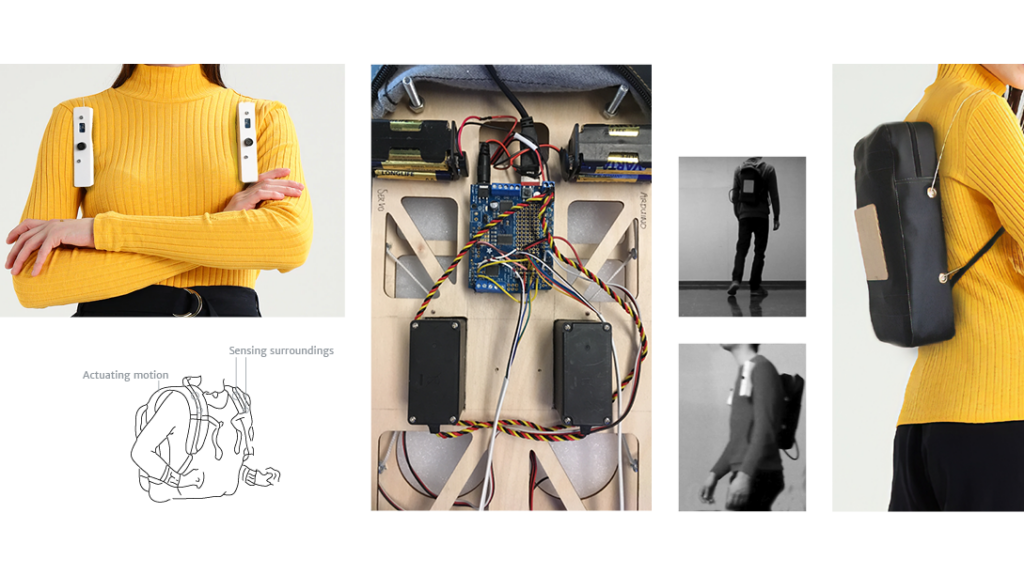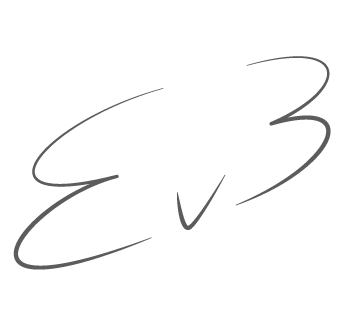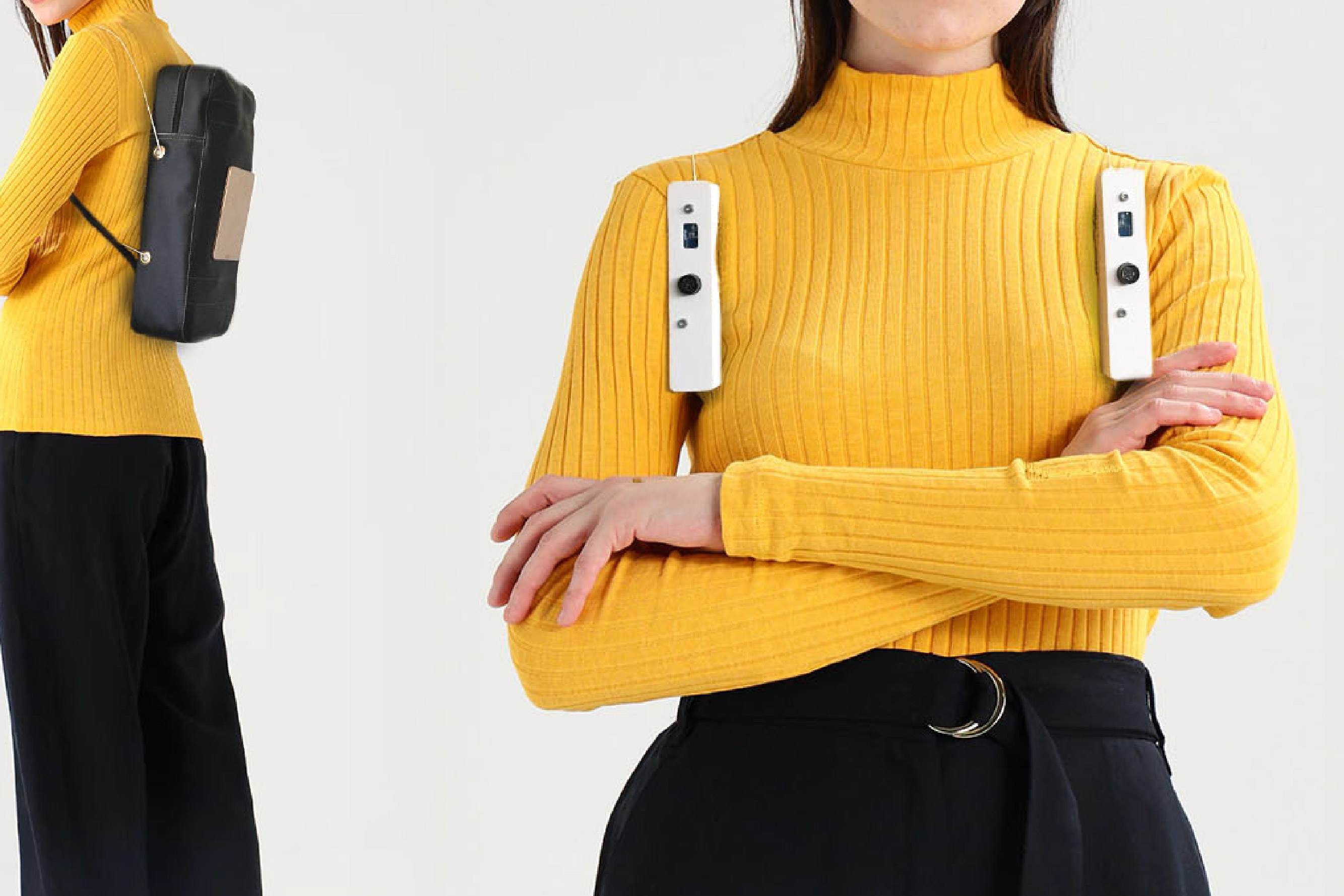We need thoughtful design approaches for smart products and ubiquitous digital technology. In my graduation project from Design for Interaction at TU Delft, I aimed to investigate emergent and apparent intentions in non-humans. This was done in the context of a research program named Objects with Intent: embodied agents in human activity. In this project I explored a conceptual framework around agency, intention and embodiment. I defined the characteristics of a successful collaboration between humans and non-human partners, with an emphasis on the role of intention in this collaboration.
Building on this theoretical framework, I did a field study on guide dog teams. I explored the analogy between guide dogs and objects with intentions and update the framework I developed earlier. I show how the embodied expression of intention, negotiation between the partners and autonomy play an important role in the collaboration. The division of tasks appears to be crucial in the establishment of this collaboration.

I then created BagSight. Taking inspiration from both guide dogs and the cybernetic concept of Braitenberg vehicles, BagSight is a research artifact exploring how designed objects can express their own intentions. By tightening its cord, this backpack moves on the back of the wearer during navigation of a city in order to express its feedback or desires. BagSight’s kinesthetic behaviour is designed in such a way that it can be seen as being afraid of obstacles (desiring to move away from them) and interested in moving towards a given goal.

In a second empirical study, 18 participants in the study used this backpack in a crude simulation of a street environment and are interviewed about the attribution of intentions and the characteristics of the collaboration. Participants described their experience of using BagSight as similar to an extension of their sensory organs, viewing it as both instrument and agent. To attribute intention, the behavior should be more active and more goal directed than simple stimulus-response. I also identified a strong relationship between understanding of behavior and the attribution of intention.
This graduation project was followed up by a small research project connecting design, philosophy and engineering. This follow up project was funded by the Delft Design for Values institute.
This work was displayed at exhibitions such as Dutch Design Week and resulted in several publications.
Van Beek, E. (2018). Bagsight: A study in perception through objects with intention. Abstract in proceedings of the Conference on Human-Technology Relations: Postphenomenology and Philosophy of Technology.
Rozendaal, M.C., van Beek, E., Haselager, P., Abbink, D., & Jonker, C. M. (2020). Shift and Blend: Understanding the hybrid character of computing artefacts on a tool-agent spectrum. In: Proceedings of the 8th International Conference on Human-Agent Interaction (pp. 171-178). doi: 10.1145/3406499.3415066
Van Dijk, J., van Beek, E. (2021). The Dynamic Agency of Smart Objects: An embodied phenomenological perspective on smart objects in everyday life. In: Rozendaal, M.C., Marenko, B., Odom, W. (Ed.), Designing Smart Objects in Everyday Life: Intelligences, Agencies, Ecologies. New York: Bloomsbury Publishing doi.org/10.5040/9781350160156.ch-005

